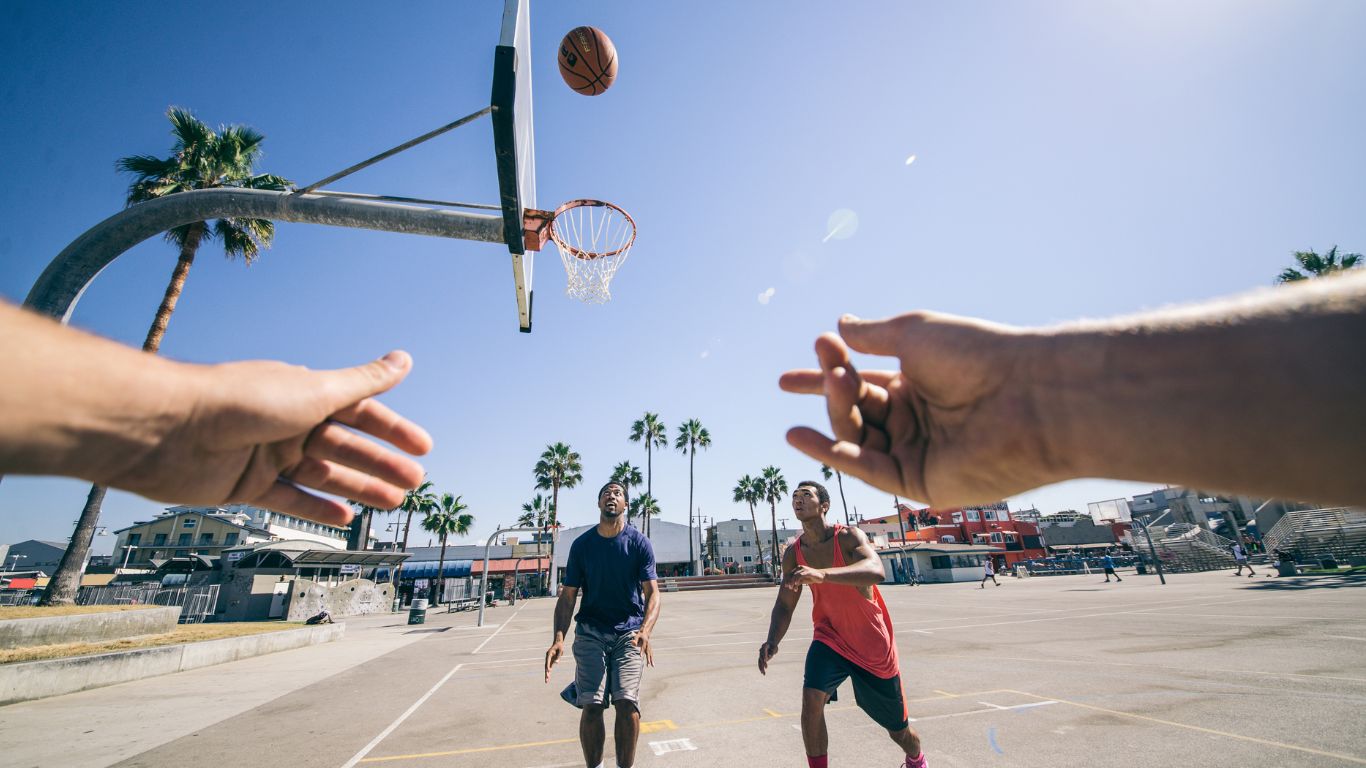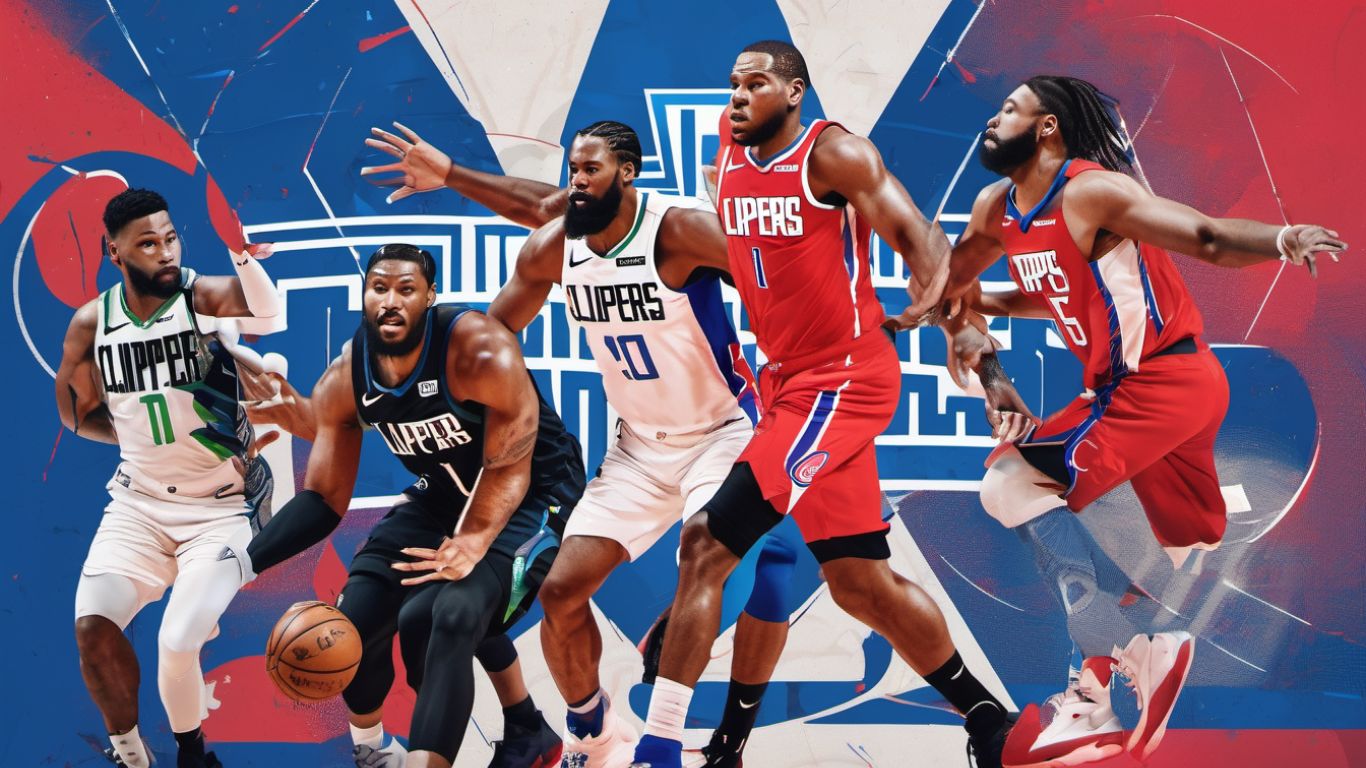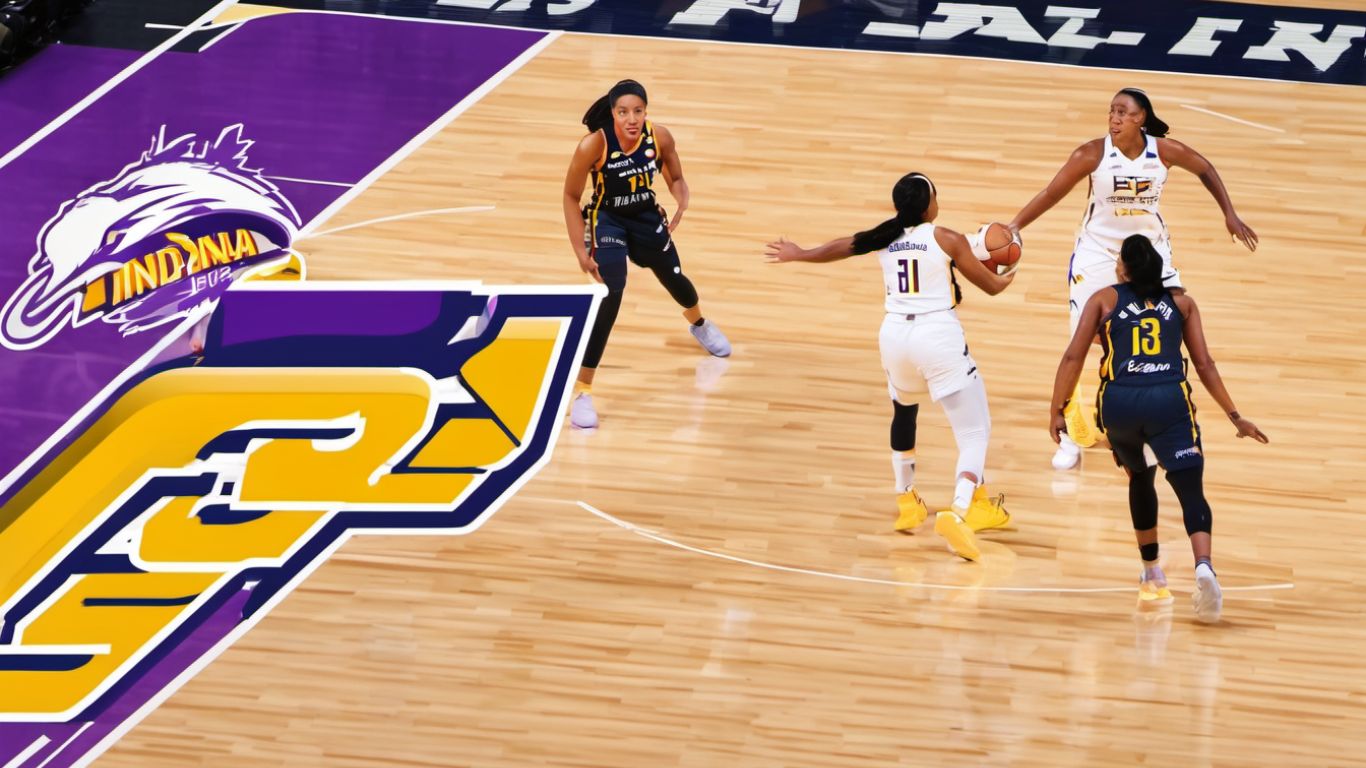What is cherry-picking?
In basketball, cherry-picking is a term that often comes with a mix of admiration for its cunning and disapproval for its perceived lack of sportsmanship. Defined succinctly, cherry-picking refers to a player’s tactic of staying on the offensive end of the court while their team is still on defense. This player waits strategically behind the half-court line, ready for a teammate to lob a pass that sets them up for an uncontested layup or dunk.
Positioning and Strategy
The term is commonly tossed around when describing a player who positions themselves for a potential quick offensive gain rather than actively participating in the defensive play. Cherry-picking is an easy way to rack up points, as it typically involves outsmarting opponents who are unaware of the lurking player. It’s a high-risk, high-reward play — while it can lead to easy points if the team regains possession, it also leaves the cherry-picker’s team short-handed on defense.
Ethical Implications
But here’s where the discussion gets sticky: the ethical implications. Is cherry-picking truly unfair, or is it a clever exploitation of the game’s rules? Many purists deem the tactic unsportsmanlike. A cherry-picker is viewed as skirting their defensive duties and breaking the unspoken rules of engagement. It disrupts the game’s rhythm and can be frowned upon by peers and fans alike.
In essence, cherry-picking challenges the tenet of teamwork, encouraging individual achievement over collective effort. It strays from what many consider the essence of basketball — five players working synchronously on both ends of the court.

Alternative Strategies
Basketball purists and strategic connoisseurs argue that there are alternative strategies that maintain the integrity of the game. Tactics such as the fast break capitalize on quick transitions from defense to offense without compromising team play. Pick-and-roll maneuvers create dynamic scoring opportunities while being inherently tied to collaborative gameplay. Even zone defense, though sometimes criticized for its passive stance, involves all players and emphasizes spatial awareness and team coordination.
Fast breaks are coordinated blitzes to the opponent’s basket following a defensive rebound or steal. The pick-and-roll involves precise interplay between two players, using a screen to disrupt the defense and open paths to scoring. Zone defense, meanwhile, sees the team defend specific areas, ready to transition to attack once they regain control of the ball—without abandoning their collective responsibilities.
FAQs
Q: Is cherry-picking allowed in official basketball games?
A: Yes, cherry-picking is allowed within the rules of basketball. There is no specific rule forbidding a player from waiting on the offensive end of the court while the rest of the team is on defense. However, the tactic is often met with varying acceptance levels among players and fans.
Q: Does cherry-picking affect a player’s statistics?
A: Cherry-picking can significantly impact a player’s scoring statistics since it can lead to easy, uncontested points. However, it might need to reflect better on a player’s defensive statistics or overall contribution to team defense.
Q: How do teams counter cherry-picking?
A: Teams can counter cherry-picking by ensuring at least one player is aware of the cherry-picker’s position and ready to intercept long passes or quickly transition to defense. Good communication and awareness are vital in countering this strategy.
Q: Can cherry-picking be considered a legitimate strategy?
A: While opinions vary, cherry-picking can be considered a legitimate strategy within the game’s rules. Teams may use it to gain an advantage, though it is often debated whether it aligns with good sportsmanship and the spirit of teamwork.
Q: Have any famous basketball plays involved cherry-picking?
A: While not commonly highlighted in highlight reels due to its controversial nature, there have been instances in professional games where players successfully executed cherry-picking, leading to easy points. However, these moments are less celebrated than plays involving teamwork and skillful coordination.
Conclusion
Cherry-picking in basketball remains a divisive subject. Its cleverness can’t be denied, but neither can the questions it raises about sportsmanship. If one thing is sure, it’s that basketball continues to evolve, and with it, so do its strategies and the debates they incite. Whether cherry-picking is an acceptable part of this evolution or an aberration of the sport’s principles is a question that sparks endless discussions on courtsides and forums alike.









